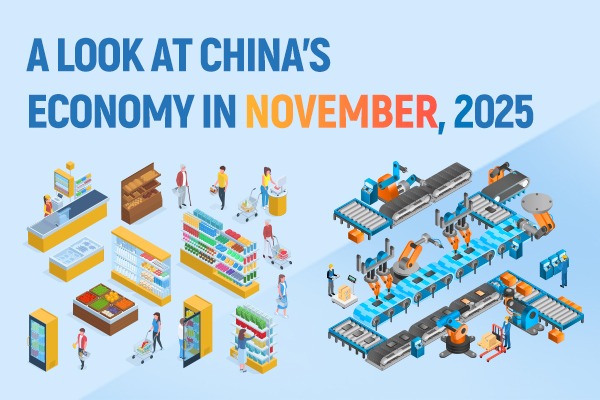Chinese researchers unravel high-yielding mechanism of cultivated tomatoes

FUZHOU -- Chinese researchers have recently discovered the formation mechanism behind self-pollination in cultivated tomatoes, providing valuable insights for increasing tomato yield.
Researchers from the Fujian Agriculture and Forestry University have found that tomatoes can alter the structure of floral organs by regulating the development of trichomes in themselves, thus adopting a self-pollination method to enhance their fruiting rates.
Domesticated tomatoes achieve this anatomically by forming a cone around the male anthers, which ensures that pollen can easily reach the stigma. The anther cone is held together by a dense network of hairs called zipper trichomes.
Researchers identified a set of homeodomain-leucine zipper (HD-ZIP) genes that regulate the formation of these trichomes. Simultaneously, these genes regulate the length of the female style, allowing coordinated development of a self-pollinating reproductive structure.
In agriculture, self-pollination in plants leads to higher fruiting rates and ensures the inheritance of excellent traits, making it one of the key objectives in crop modification for humanity, said Wu Minliang, a researcher of the study.
The research findings was published in the journal Science.
- Former senior official of Ningxia sentenced to death
- Development program narrows urban-rural gap in Guangdong
- Wuxi Winter Bazaar creates cross-cultural gathering
- Expressway service area featuring a natural hot spring to open soon in Guangdong
- Former Ningxia political advisor sentenced to death for bribery
- Former senior official of Jiangxi expelled from CPC





































